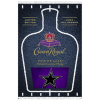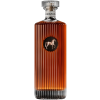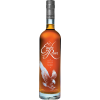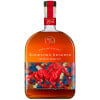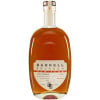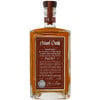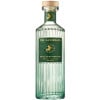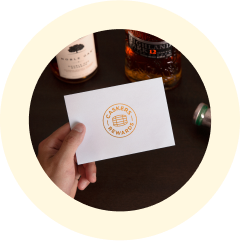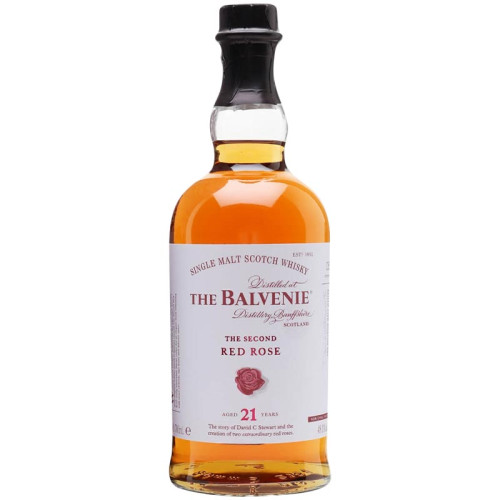This product is available in: AZ, CA, CO, CT, DC, FL, GA, ID, IN, IA, KS, KY, LA, ME, MD, MI, MO, MT, NE, NV, NH, NJ, NM, NY, NC, ND, PA, SC, TN, TX, VT, WA, WI, WY Unfortunately, we can't ship to PO Boxes and APO addresses.
Note: Once an order has been safely & successfully delivered, we do not accept returns due to change of heart or taste. Due to state regulations, we cannot accept the return of alcohol purchased by a customer in error.
